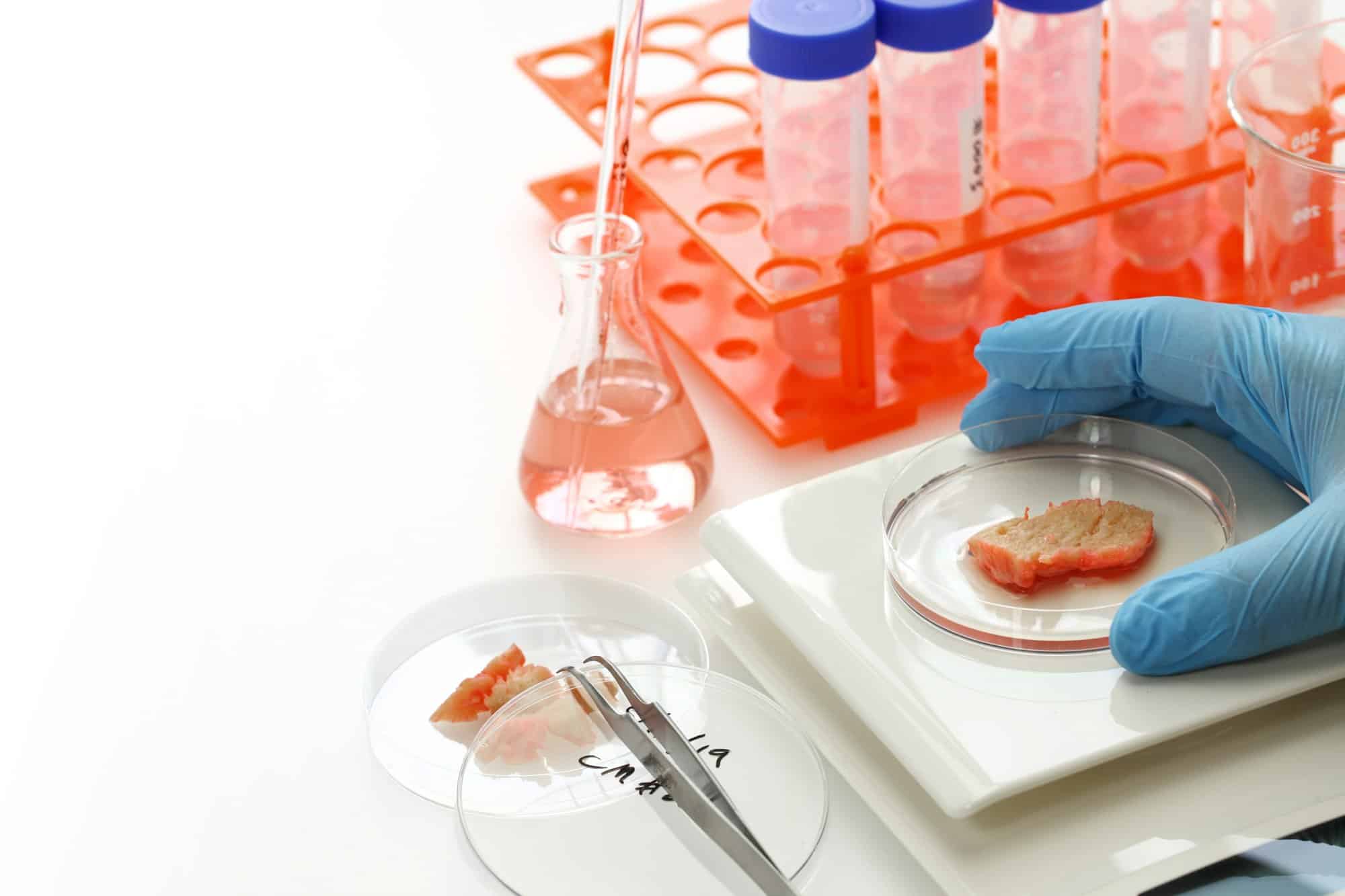What’s the Potential of Lab-Grown Meat in Reducing the Environmental Impact of Livestock Farming?

As concerns regarding the environmental impact of livestock farming intensify, scientific advancements have begun to offer promising solutions. Among these innovations, one of the most discussed is lab-grown, or cultured, meat. Hailed as a potential game-changer for food production, this novel approach could significantly reduce the strain on our environment, while meeting the growing demand for protein-rich foods.
Cultured meat is produced by cultivating animal cells in a lab, rather than by rearing and slaughtering livestock. The process involves taking a small sample of animal cells, usually muscle cells, and nurturing them in a controlled environment until they proliferate into a mass of tissue that can be processed into meat.
Also read : How Can Hydroponic Systems Revolutionize Urban Farming and Local Food Production?
Understanding Cultured Meat Production
To fully appreciate the potential benefits of cultured meat, it’s essential to grasp the basics of its production process. As previously mentioned, the process begins by extracting a small amount of animal muscle cells. These cells are then placed in a culture media, a nutrient-rich solution that aids their growth and multiplication.
The cells are primarily grown in a bioreactor, an environment that facilitates optimal cell growth. As they proliferate, they naturally cluster together and start forming fibers, mimicking the muscle tissue found in conventionally produced meat.
In the same genre : What Are the Best Strategies to Enhance Interpersonal Skills in a Digital World?
Although the technology is still in its early stages, the goal is to produce a variety of meat products, from ground beef to steaks. However, the complexity of replicating the texture and taste of whole cuts, like a steak, remains a significant challenge.
Cultured Meat: A Potential Solution for Environmental Challenges
The livestock sector is a major contributor to greenhouse gas emissions, which are a key driver of climate change. In addition, livestock farming requires a substantial amount of land, water, and feed, leading to deforestation and loss of biodiversity.
Cultured meat production, on the other hand, promises a more sustainable alternative. It requires significantly less land, water, and feed than traditional livestock farming, and generates fewer greenhouse gas emissions.
Furthermore, the ability to control the conditions under which the meat is grown could lead to additional environmental benefits. For instance, lab-grown meat production doesn’t require the use of antibiotics, a common practice in livestock farming that has led to the rise of antibiotic-resistant bacteria.
The Journey from Lab to Plate
Transitioning from the world of traditional meat production to a future dominated by lab-grown meat won’t be a simple task. It will involve overcoming numerous technical, regulatory, and consumer acceptance hurdles.
As of now, the cost of producing lab-grown meat is prohibitively high, making it unaffordable for the average consumer. However, as the technology matures and scales up, costs are expected to come down.
Regulatory approval is another hurdle. While a few countries have approved the sale of cultured meat products, many others have not. Given the novel nature of the technology and the food product, it’s important for regulatory bodies to thoroughly evaluate its safety and impact on human health.
Consumer acceptance is perhaps the biggest challenge. Despite the environmental and animal welfare benefits, some consumers may be skeptical about eating meat grown in a lab. Therefore, comprehensive public education and transparent communication about the production process will be crucial.
The Impact on Livestock and Agriculture
The rise of cultured meat could have profound implications for the livestock and agriculture sector. If lab-grown meat becomes a widely accepted and consumed product, it could dramatically reduce the demand for traditionally farmed meat.
This could lead to a shift in land use, with less land needed for grazing and growing feed crops. This could potentially free up vast amounts of land for reforestation or other uses that can help mitigate climate change.
However, it also raises questions about the livelihoods of millions of people who rely on livestock farming. Therefore, it will be crucial to develop strategic plans for transitioning these individuals towards other forms of sustainable agriculture or other employment sectors.
Looking Ahead at the Future of Food
The emergence of cultured meat represents both a major scientific breakthrough and a potential turning point in our food production system. The promise of creating meat in a more sustainable and animal-friendly way is certainly exciting.
However, there are still many hurdles to overcome before lab-grown meat can become a mainstream food product. It remains to be seen how the technology will evolve, how regulations will develop, and how consumers will react.
Nonetheless, the prospect of a future where we can enjoy meat without sacrificing our environment or causing unnecessary animal suffering is certainly one worth striving for. This innovative approach to meat production carries the potential to transform our food system and pave the way for a more sustainable future.
The Economic Viability of Cultured Meat
To fully understand the potential of cultured meat, it is imperative also to consider its economic aspects. Presently, the cost associated with producing lab-grown meat is significantly high, largely because the technology is still in its developmental stages. The production process involves extracting stem cells from animals, using tissue engineering techniques to grow these cells in a lab setting and finally processing the cultivated cells into edible meat products.
As the cost of these processes is currently not competitive with traditional meat farming, lab-grown meat needs to attain a certain scale of production to become economically viable. However, as the technology evolves and becomes more efficient, we can expect the production costs to decrease. Similar trends have been observed in other industries where technological advances have led to cost reduction over time.
Simultaneously, it is also important to consider the potential economic benefits that could arise from a shift to cultured meat production. For instance, by reducing the need for large tracts of land for animal rearing, lab-grown meat could significantly lessen the financial burden associated with land acquisition and maintenance. Additionally, the lowered dependency on animal feed could result in decreased costs, not to mention the reduced need for veterinary care, which is a significant expenditure in livestock farming.
Transition to a More Sustainable Future
In conclusion, there is significant potential for lab-grown meat to revolutionize the meat production industry and significantly reduce its environmental impact. By bypassing traditional livestock farming methods, this cellular agriculture approach could drastically cut down on greenhouse gas emissions, lower water usage, and reduce land degradation.
However, the journey from lab to plate is fraught with several challenges. The high production cost and regulatory hurdles are considerable impediments. Furthermore, consumer acceptance of meat products grown in a lab, as opposed to conventional meat from livestock, remains a significant challenge.
Nonetheless, the positive environmental implications and the potential to improve animal welfare are compelling reasons to continue pursuing this technology. As the technology advances and becomes more accessible and affordable, it could provide a sustainable solution to meet the increasing global demand for meat.
Furthermore, the transition towards lab-grown meat could also prompt a shift in the agriculture sector, potentially leading to an increased focus on plant-based farming. This not only aligns with a more sustainable food production system but also opens up opportunities for farmers to diversify and explore new avenues in agriculture.
Experts in cellular agriculture will need to continue their research and development efforts to address the current challenges. With strategic planning and continued innovation, lab-grown meat could indeed be a game-changer in our fight against climate change. It could pave the way for a sustainable future, where we can enjoy our meat, guilt-free.
